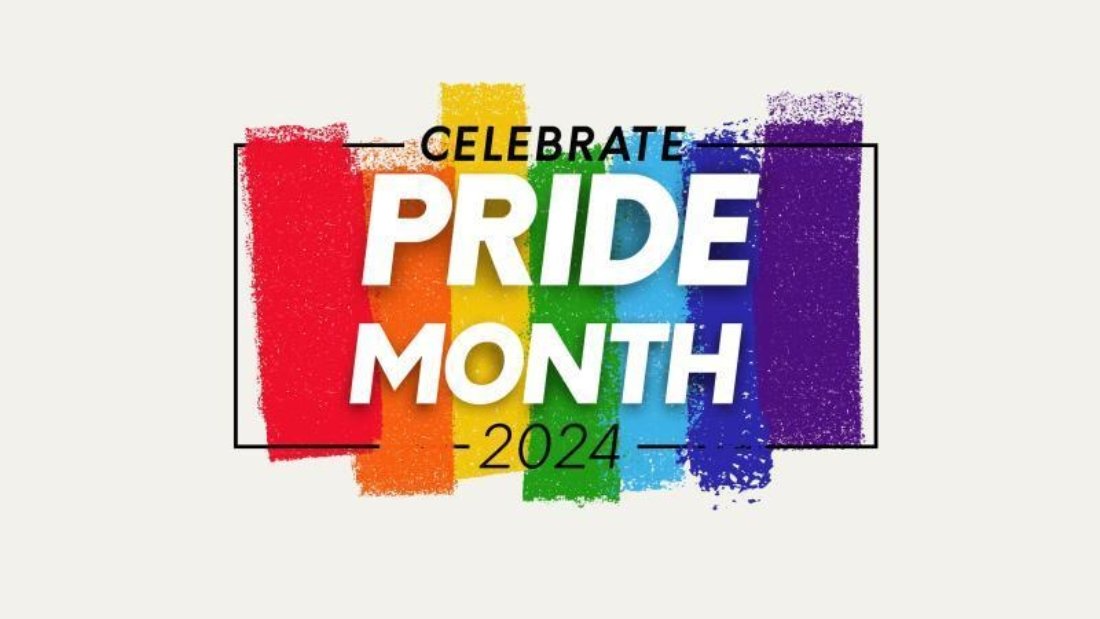Every June, streets around the world transform into vibrant parades of color and joy, representing not just a celebration, but an important and profound movement: Pride Month. Parents pondering how to explain Pride Month to their children often worry about complexity. The truth is, teaching kids about Pride Month is simpler than it seems—and it’s incredibly important.
Imagine a world where every child understands the values of acceptance, love, and respect from a young age. This understanding begins at home, where parents lay the foundation of a compassionate and inclusive future.
Pride Month commemorates the struggle and triumph of the LGBTQ+ community. It’s more than a parade; it’s a history lesson, a call to action, and an affirmation of love’s many forms. By teaching children about Pride Month, parents can cultivate empathy, awareness, and an appreciation for diversity.
The key lies in communication suited for a child’s age and grasp. Consider explaining Pride Month in the same way one might introduce the concept of friendship or kindness. For younger kids, simple yet powerful messages work wonders. One could say, “Pride Month is when people celebrate who they love and who they are. It’s about being kind and accepting everyone.”
As questions emerge, which they inevitably will, parents can build on that foundation. Discussing historical events doesn’t need to be intimidating. Talk about courageous characters in stories, much like tales of superheroes, but grounded in real-life courage. Mention that years ago, people couldn’t be open about who they loved without fear, and how brave folks stood up for everyone’s right to be themselves. Just as children admire heroes, they will appreciate the real-life bravery of those who fought for equality.
Children often mimic their parents’ attitudes and actions. When parents show enthusiasm and pride in diversity, children naturally adopt these values. Sharing stories, watching family-friendly shows celebrating diversity, or attending local events as a family can make learning about Pride Month an enjoyable journey.
It’s also essential to create an open environment where no question feels off-limits. Responding to questions with patience and honesty builds trust and deepens understanding. When a child asks, “Why do we have a rainbow flag?” it’s an opportunity to explain that rainbows symbolize hope and diversity, aligning beautifully with the message of Pride.
Finally, teaching children about Pride Month nurtures more than tolerance; it sows seeds of genuine understanding and respect. It creates a generation that views love as a universal language and recognizes that everyone deserves equality.
Through these heartfelt conversations and experiences, parents not only teach but also inspire. They help shape a world where every child grows up knowing that their capacity to love and accept is boundless. And that is the true spirit of Pride Month—a celebration of love, identity, and the human heart’s endless capacity for inclusion.


Leave A Comment